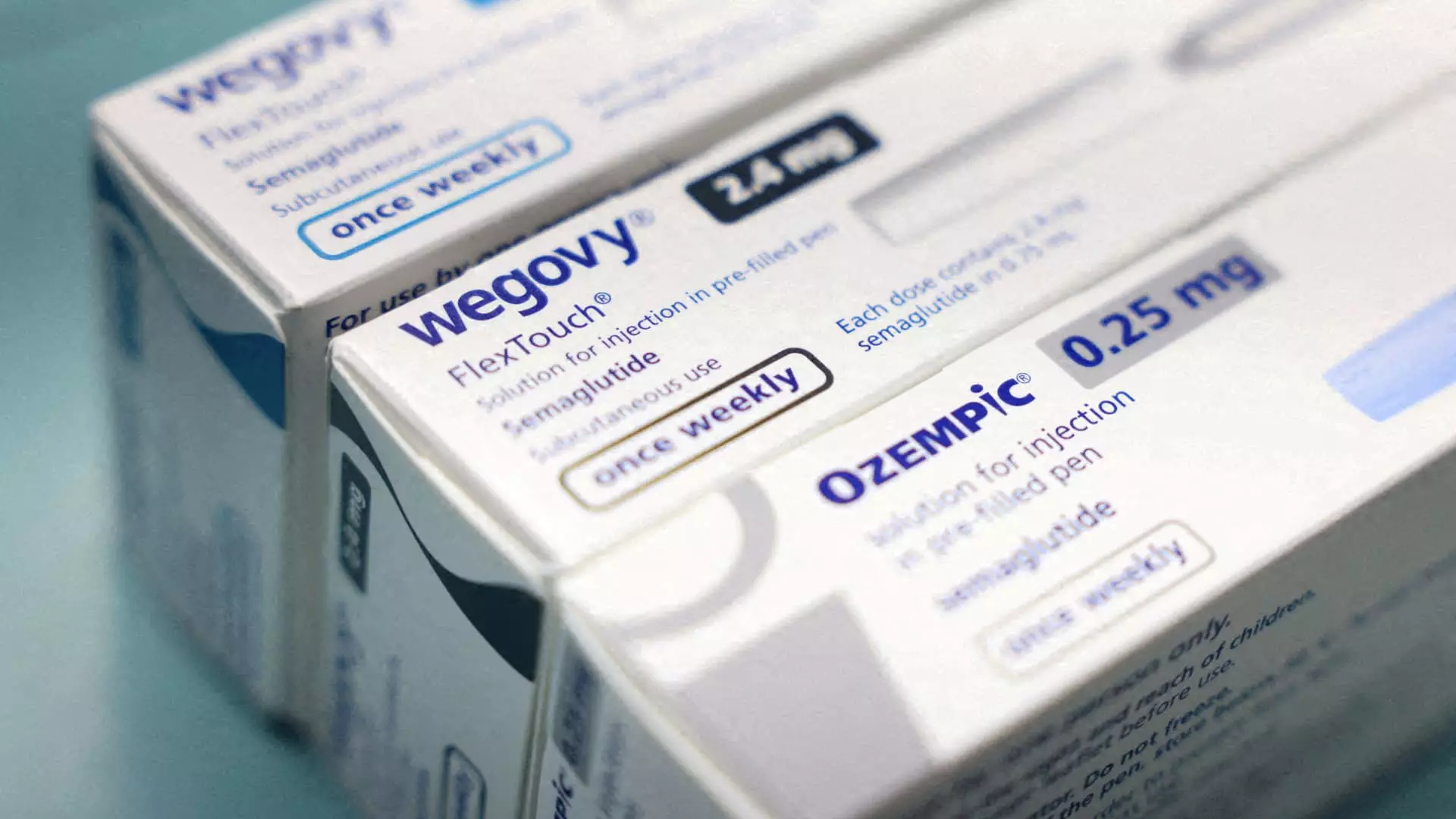The recent announcement from the U.S. Food and Drug Administration (FDA) regarding the resolution of a prolonged shortage of Novo Nordisk’s prominent injectable medications, Wegovy and Ozempic, marks a significant turning point in the landscape of weight loss and diabetes treatment in the United States. For over two years, both medications, which utilize the active ingredient semaglutide, have faced supply constraints, leaving many patients in a challenging predicament. The implications of this pronouncement not only affect the availability of these critical medications but also possess the potential to reshape the competitive environment of the pharmaceutical industry and how patients access treatment.
A Two-Year Odyssey: Challenges and Solutions
Semaglutide, known for its efficacy as a weight loss agent and diabetes management drug, has become increasingly sought after, leading to an unprecedented surge in demand since 2022. During this time, the limitations in supply meant that countless patients, often in desperate need, turned to compounding pharmacies for alternative versions of the drugs. These unapproved formulations, while cheaper, raised substantial concerns regarding safety and effectiveness. The recent FDA decision, however, heralds an end to this makeshift reliance on compounded medications, affirming Novo Nordisk’s ability to meet current and anticipated market demands.
Importantly, the FDA’s assessment came after an extensive review of Novo Nordisk’s manufacturing capabilities, clearing the pathway for the company to reestablish its market dominance. This resolution does not imply an immediate end to all supply issues, as the FDA acknowledged potential “intermittent and limited localized supply disruptions” that could persist as the medication transitions to pharmacies. Nevertheless, this clarification provides a sense of assurance for both consumers and healthcare providers that the legitimate products will return to full market presence.
Novo Nordisk’s stock experienced a notable increase following the FDA’s announcement, indicating investor confidence in the company’s recovery and future prospects. Conversely, companies that specialize in telehealth and compounding pharmacies, such as Hims & Hers, witnessed a sharp downturn in their stock valuations. This reflects not only the shifting dynamics of the market but also the implications of regulatory decisions that favor established pharmaceutical manufacturers over smaller compounding entities.
The competitive tension between Novo Nordisk and its rival Eli Lilly is evident as both companies seek to capture a slice of the lucrative weight loss drug market, expected to exceed $150 billion annually in the years following 2030. With the FDA’s resolution potentially benefiting Novo Nordisk, Eli Lilly’s similar efforts with their weight loss drugs, including tirzepatide, will undoubtedly play a crucial role in determining market leadership.
While the resolution of the semaglutide shortage could bring back stability to the marketplace, it raises questions about access to these medications, particularly for underserved patient populations. Currently, drugs such as Wegovy are not universally covered by Medicare or other insurance plans, placing a financial burden on patients seeking effective treatments for obesity and diabetes. This scenario underscores a pressing need for healthcare reforms that ensure equitable access to essential medications.
As the pharmaceutical landscape transitions back to a model dominated by major drug manufacturers, there is a real risk that prices could increase, further alienating those who rely on these medications for their health and well-being. The dependent relationship between patients, healthcare providers, insurers, and pharmaceutical companies must be navigated thoughtfully to avoid exacerbating existing health disparities.
The FDA’s declaration marks a pivotal moment in the trajectory of weight loss and diabetes management in the United States, revealing the complexities of drug availability, market competition, and patient care. As Novo Nordisk reestablishes its foothold and patients regain access to approved options, careful attention must be paid to both market dynamics and healthcare access. The journey ahead will necessitate a collaborative approach involving pharmaceutical companies, regulators, and healthcare providers to prioritize patient health and ensure the integrity of the medication supply chain. Understanding and addressing these multifaceted challenges is critical to fostering a healthcare environment where patients can thrive.

